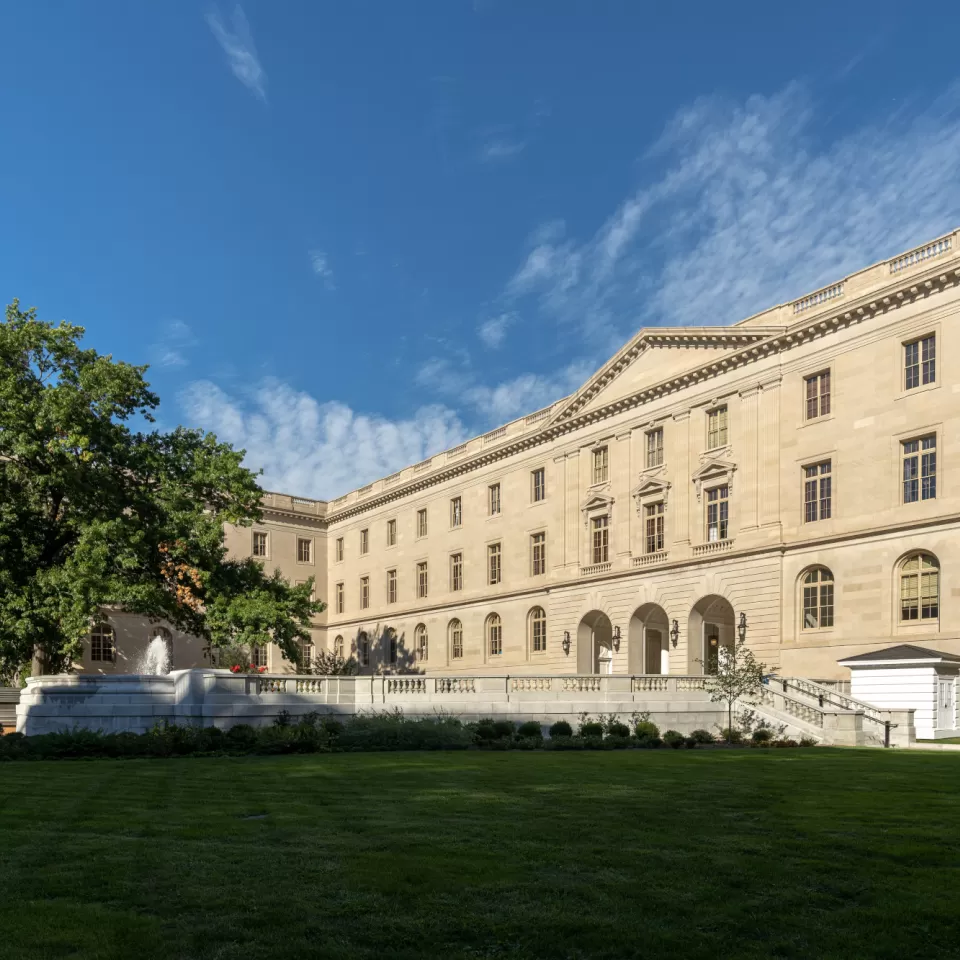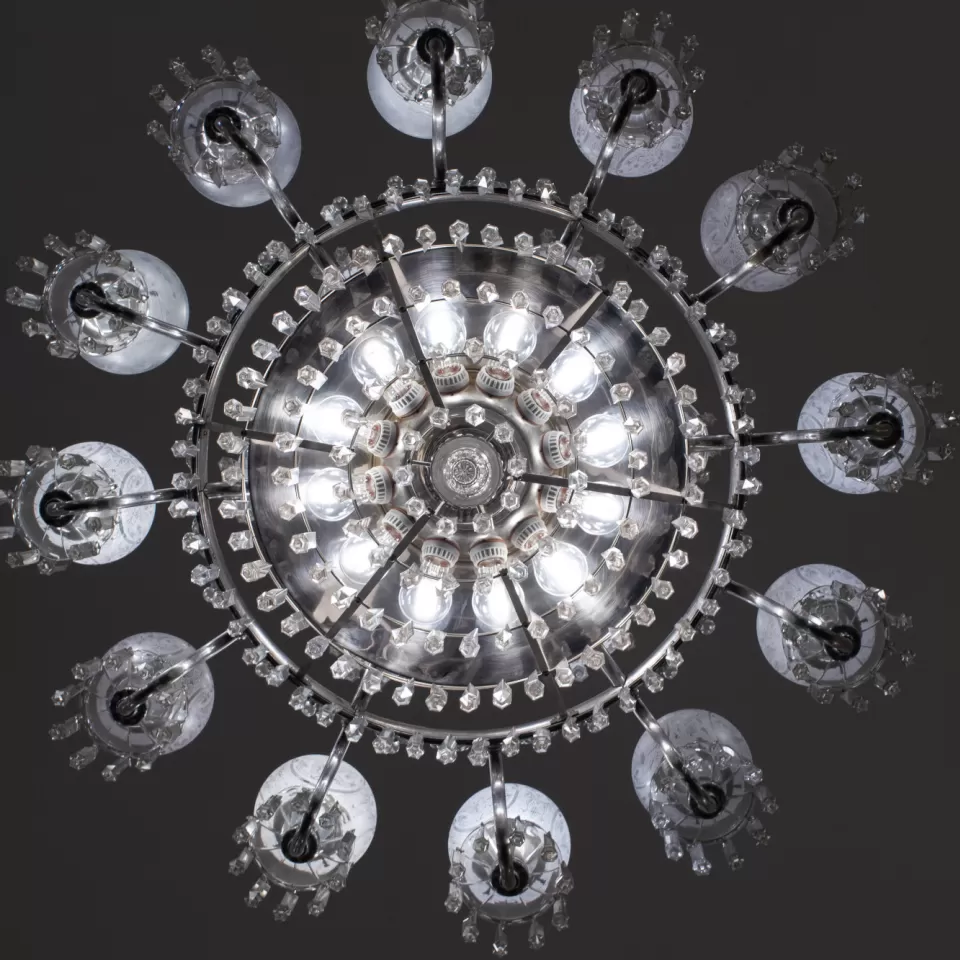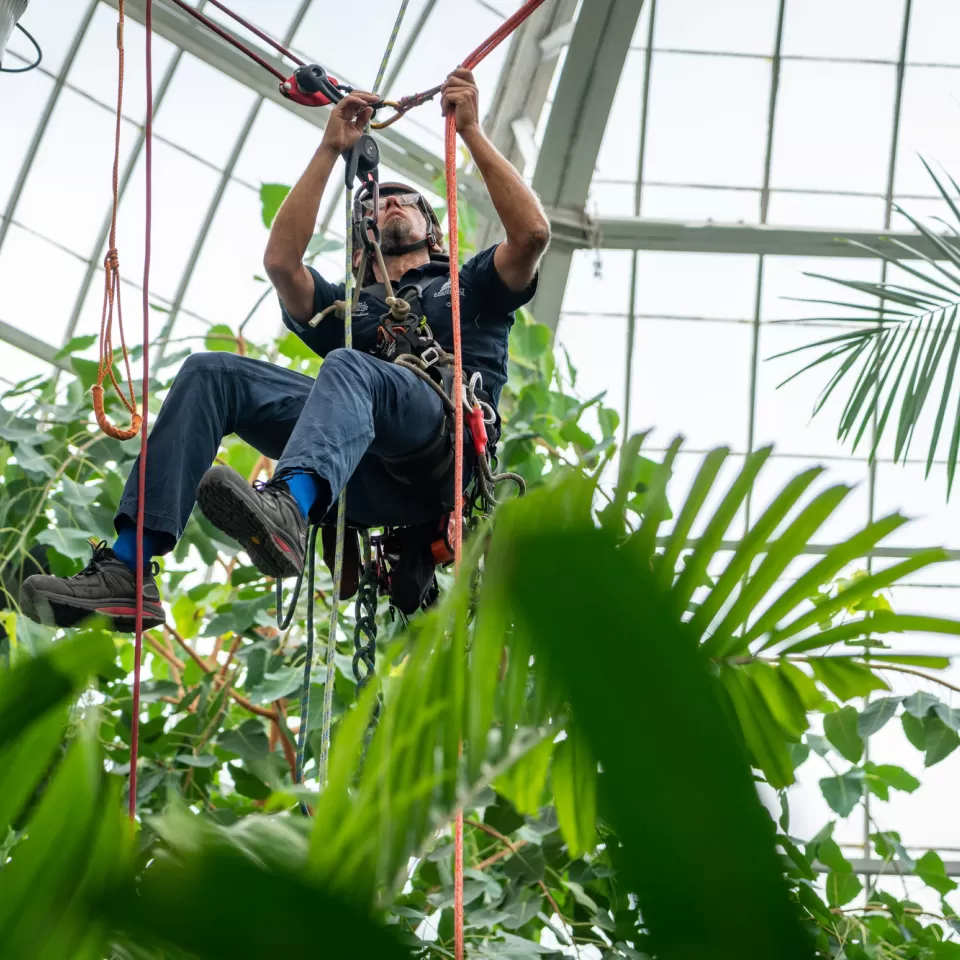Our Stories
Recent Articles
Projects
Group Project: The Russell Building Courtyard
The Russell Senate Office Building courtyard was recently restored as a supplement to the Russell Exterior Envelope Project.
Projects
Cannon Light Fixture Restoration
While light fixtures are like jewelry to a room, they can also set a tone for the significance of the space. Naturally, they also provide illumination to enable work and safe movement.
Projects
Employees Lead U.S. Botanic Garden Horticultural Renovations
Several USBG employees recently led projects inside the Conservatory to improve the growing spaces and showcase more of the permanent plant collection.
Projects
Covering the Home Team
The amount of talent needed for all the projects around the Capitol campus is high, and fortunately the AOC boasts a deep bench of employees.










Comments
Great work , color really snap out , too bad visitors can’t get this work brought to there attention.
Add new comment